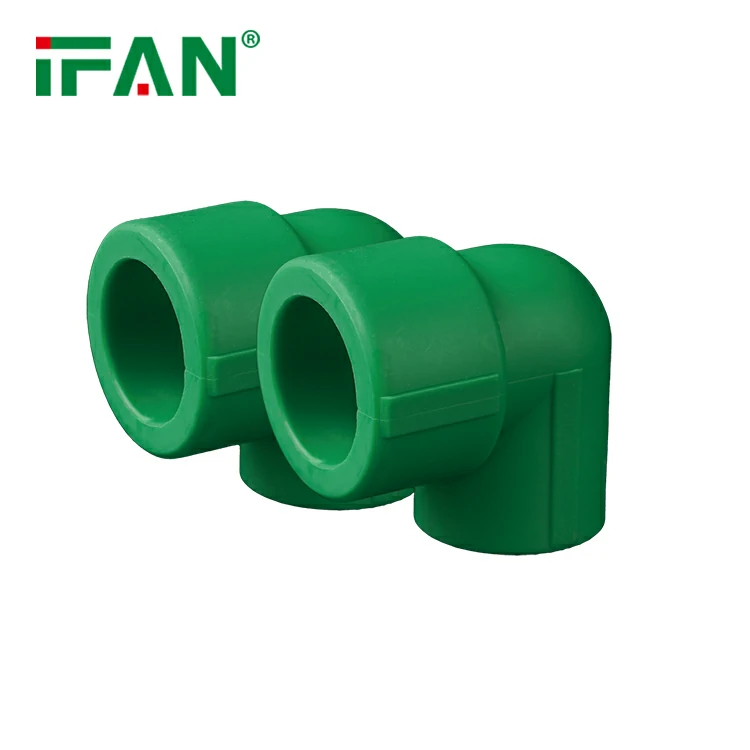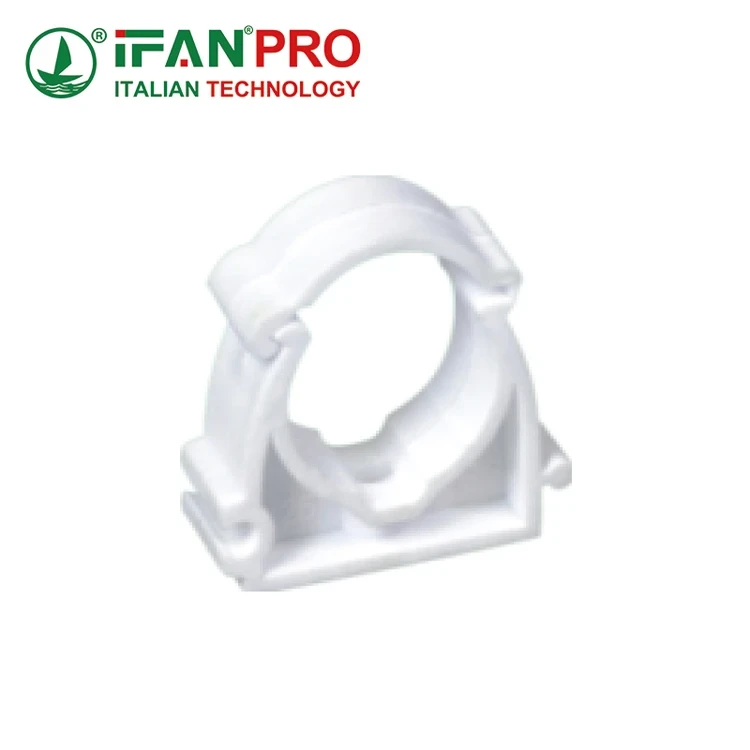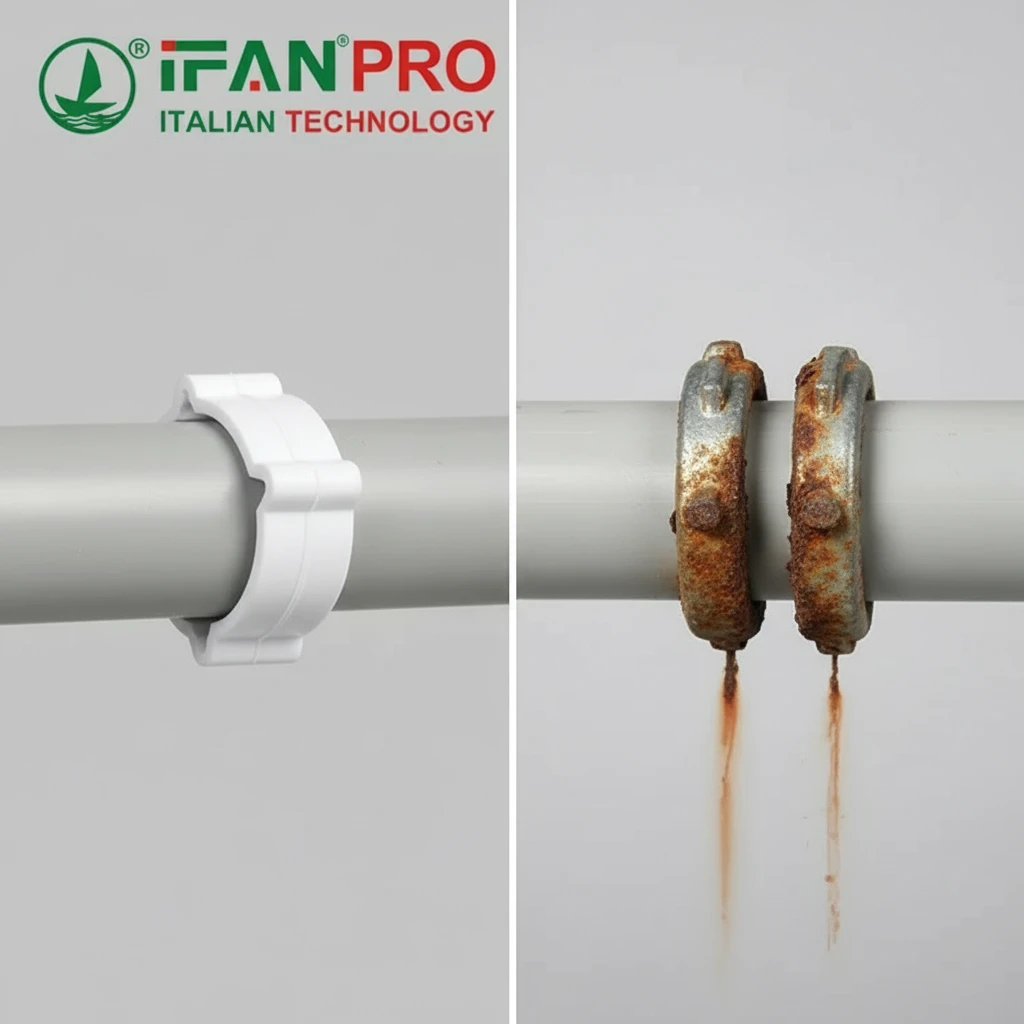What Are PPR Pipe Fittings Reduce Elbows?
PPR pipe fittings reduce elbows connect pipes of different diameters while changing direction. These essential components combine two functions in one fitting. They reduce pipe size and redirect water flow at 90-degree angles.
Professional plumbers rely on these fittings for space-saving installations. The reducing elbow eliminates the need for separate reducer and elbow fittings. This design reduces connection points and potential leak risks.
Key Benefits of Quality PPR Reduce Elbows
Superior Durability and Longevity
High-quality PPR reduce elbows last 50+ years under normal conditions. They resist corrosion, scaling, and chemical damage. Temperature resistance ranges from -10°C to 95°C for hot water systems.
The material maintains structural integrity under pressure. Quality fittings handle up to 25 bar working pressure. This reliability makes them ideal for residential and commercial applications.
Cost-Effective Installation
Reduce elbows streamline plumbing installations significantly. Fewer fittings mean reduced labor costs. Installation time decreases by 30% compared to separate components.
Heat fusion welding creates permanent, leak-free connections. No threaded joints eliminate future maintenance issues. The one-piece design reduces inventory requirements for contractors.
Hygienic Water Flow
PPR material maintains water quality throughout the system. Non-toxic composition ensures safe drinking water delivery. Smooth inner surfaces prevent bacterial growth and mineral buildup.
The reducing design maintains optimal flow velocity. Proper sizing prevents stagnation in larger diameter sections. This feature is crucial for potable water systems.
Technical Specifications and Standards
Size Range and Dimensions
Standard reduce elbows come in multiple size combinations:
- 32mm x 25mm
- 40mm x 32mm
- 50mm x 40mm
- 63mm x 50mm
- 75mm x 63mm
Custom sizes available for specialized applications. Precise dimensional tolerances ensure perfect pipe connections. Wall thickness meets international pressure rating requirements.
Compliance and Certifications
Quality PPR reduce elbows meet ISO 15874 standards. CE marking confirms European conformity requirements. NSF certification validates drinking water safety.
Testing includes pressure resistance, temperature cycling, and chemical compatibility. Third-party verification ensures consistent quality standards. Documentation supports building code compliance worldwide.
Installation Best Practices
Proper Tools and Equipment
Heat fusion welding requires specialized equipment. Welding temperature must reach 260°C ± 10°C. Heating time varies by pipe diameter and wall thickness.
Clean cutting tools ensure square pipe ends. Deburring removes sharp edges that compromise connections. Calibrated thermostats maintain consistent welding temperatures.
Step-by-Step Installation Process
- Cut pipes to required lengths using pipe cutters
- Clean pipe ends and fitting sockets thoroughly
- Heat both surfaces simultaneously to proper temperature
- Insert pipe into fitting with steady pressure
- Hold connection motionless during cooling period
Avoid rotating joints during the cooling phase. Movement creates weak spots in the fusion zone. Allow 10 minutes cooling time before system pressurization.

Quality Indicators When Ordering
Material Grade and Composition
Premium PPR uses virgin polypropylene random copolymer. Recycled content reduces performance and longevity. Color consistency indicates proper material mixing.
UV stabilizers protect outdoor installations. Antioxidants prevent degradation during storage. Material certificates verify composition and properties.
Manufacturing Standards
Injection molding produces superior dimensional accuracy. Consistent wall thickness ensures uniform strength distribution. Smooth surface finish indicates proper processing temperatures.
Quality control testing validates each production batch. Pressure testing confirms structural integrity. Visual inspection catches surface defects before shipping.
Supplier Credentials
Established manufacturers provide technical support and warranties. ISO 9001 certification demonstrates quality management systems. Local representation ensures prompt customer service.
Factory inspections verify production capabilities. Quality documentation traces products to raw materials. Long-term supply agreements guarantee consistent availability.
Applications and Use Cases
Residential Plumbing Systems
Hot and cold water distribution systems benefit from reduce elbows. Kitchen and bathroom renovations often require size transitions. Compact designs fit tight spaces behind walls.
Radiant heating systems use various pipe sizes throughout installations. Reduce elbows connect main lines to individual room circuits. Proper sizing maintains system pressure balance.
Commercial and Industrial Projects
Large commercial buildings require complex piping networks. Reduce elbows optimize space utilization in mechanical rooms. Multiple size transitions accommodate different flow requirements.
Industrial process piping benefits from chemical resistance properties. Food processing facilities require hygienic connection methods. Pharmaceutical applications demand validated material compliance.
Ordering Considerations and Custom Solutions
Standard vs. Custom Requirements
Standard sizes cover most common applications efficiently. Custom reduce elbows serve specialized project needs. Non-standard angles accommodate unique routing requirements.
Lead times vary between stock and custom products. Standard items ship within 24-48 hours typically. Custom manufacturing requires 2-4 weeks depending on complexity.
Quantity Planning and Inventory
Bulk ordering reduces per-unit costs significantly. Project quantities justify custom packaging options. Proper storage prevents damage during extended periods.
Just-in-time delivery minimizes on-site storage requirements. Partial shipments support phased construction schedules. Emergency stock prevents project delays.
Maintenance and Service Life
Long-Term Performance Expectations
Quality PPR reduce elbows require minimal maintenance throughout their service life. Regular system inspections verify proper operation. Visual checks identify potential issues before failures occur.
Thermal expansion accommodations prevent stress concentrations. Proper support spacing maintains pipe alignment. System commissioning verifies design parameters.
Troubleshooting Common Issues
Leaks at fusion joints indicate improper installation techniques. Inadequate heating creates weak bond strength. Contamination prevents proper molecular bonding.
Cracking suggests excessive stress or poor material quality. Thermal cycling beyond design limits causes fatigue failures. Chemical exposure may degrade material properties over time.
Choose Professional-Grade PPR Reduce Elbows
Quality PPR pipe fittings reduce elbows ensure reliable plumbing system performance. Professional installation maximizes service life and minimizes maintenance costs. Partner with experienced suppliers for technical support and product warranties.
Contact certified PPR fitting manufacturers for project-specific recommendations. Request samples and technical documentation before large orders. Verify certifications and compliance with local building codes.
Ready to order quality PPR pipe fittings reduce elbows? Professional suppliers provide technical support, competitive pricing, and reliable delivery for your projects.












Commentaires récents